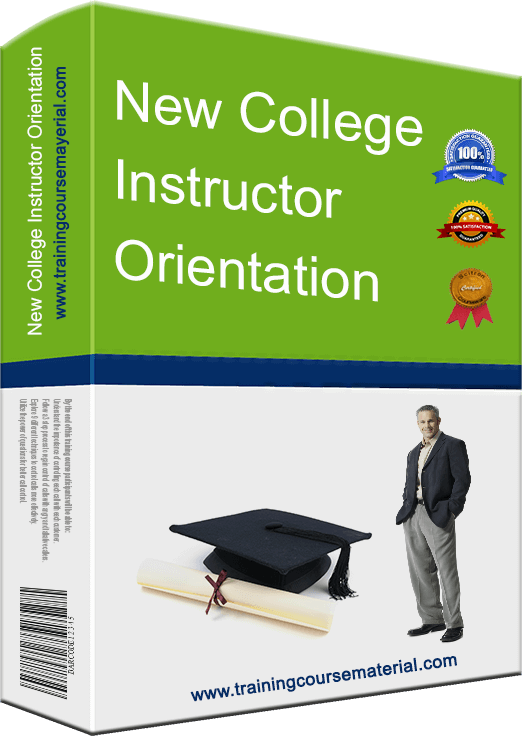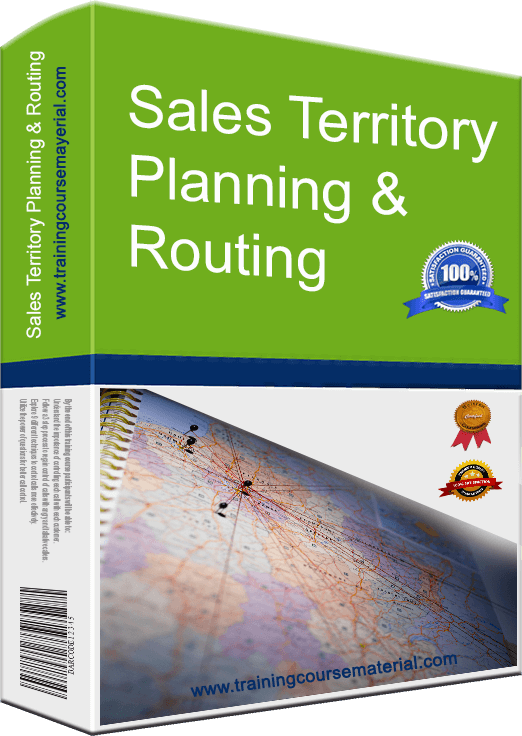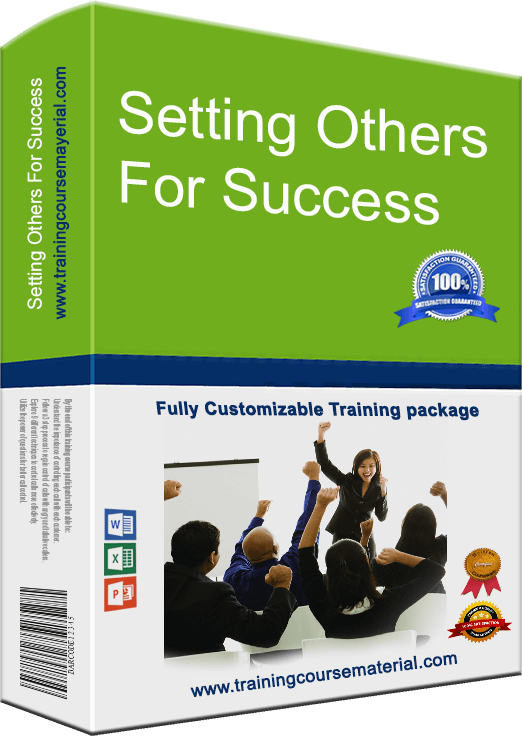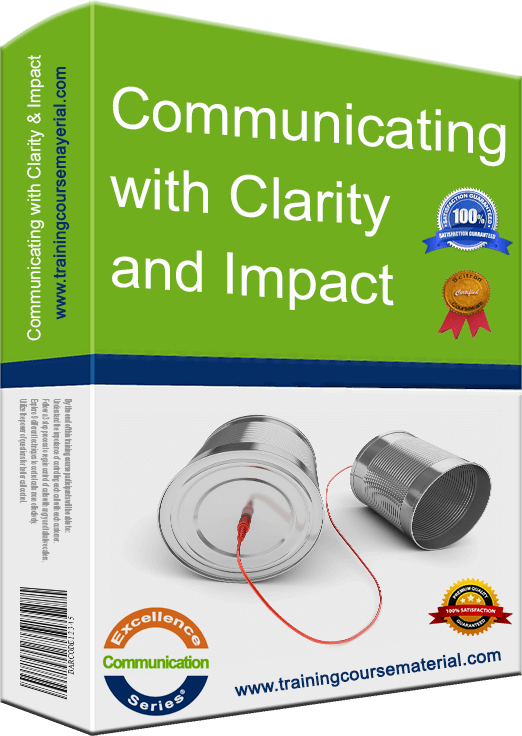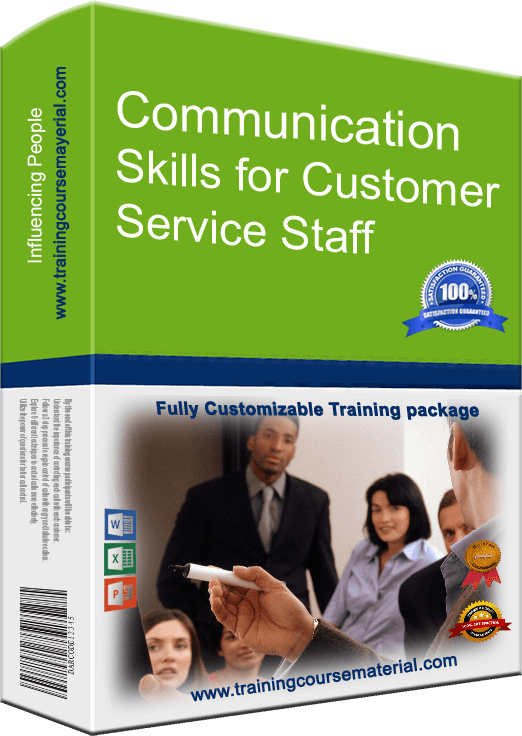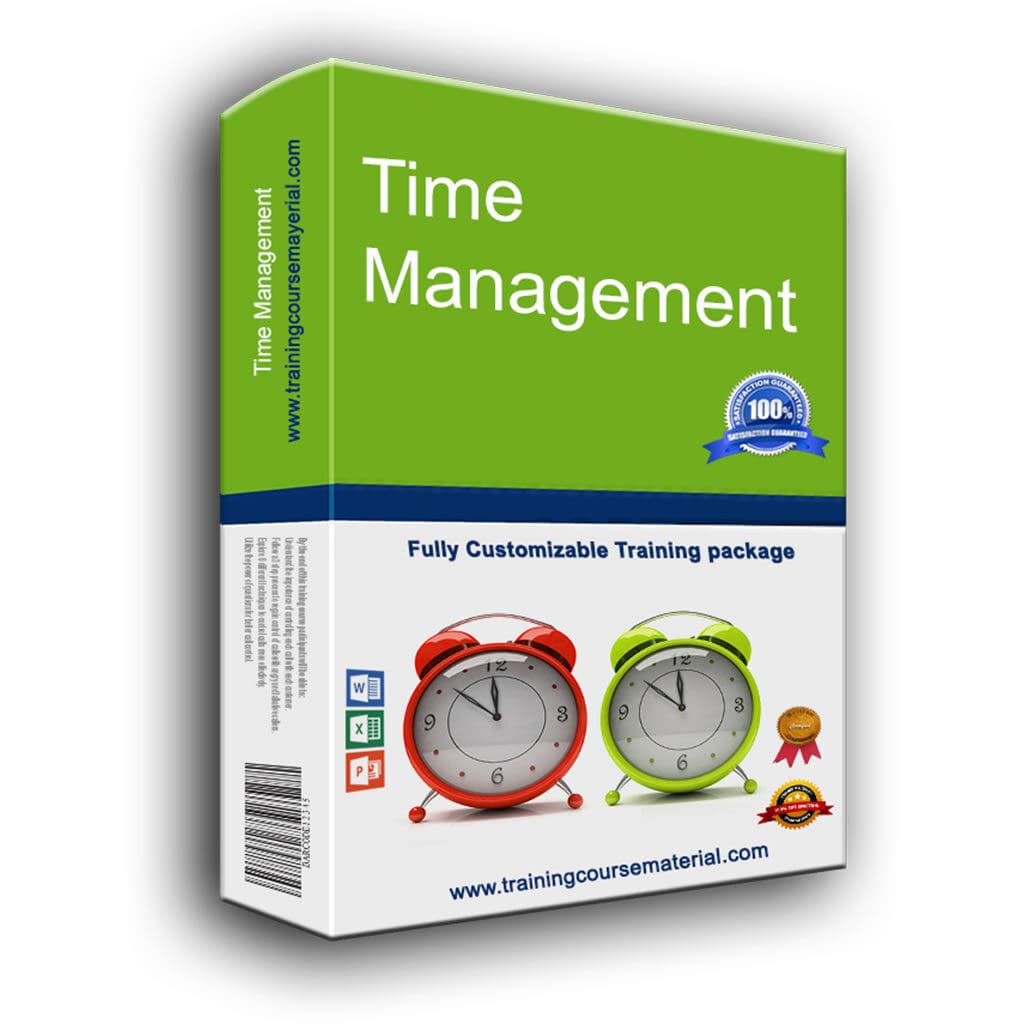Rapport = Results
Rapport is the key to success and influence in both your personal and professional life. It's about appreciating and working with differences. Rapport makes getting things done much easier. It means you can provide good customer service to others and enjoy being on the receiving end of it too.
A major rule in communication
"Establish rapport before expecting anyone to listen to you."
The Most effective ways to build rapport are
1. By subtly matching non-verbal communication - especially voice patterns and eye contact patterns
2. By developing a genuine interest in the other person and in their model of the world
1. Matching non-verbal communication
Non-verbal rapport using the sound of your voice and your eye contact pattern is the quickest and most useful way to begin.
Match others by subtly matching their non-verbal behaviour. (This is sometimes called 'pacing'.)
Matching Body language: Posture - how they stand , gestures , eye contact
Matching Voice tone & Language: speed of speech, volume of speech , rhythm of speech
Matching language: When you Paraphrase and use the other person's own words to check for agreement and understanding
Paraphrasing to really understand others and build more rapport.
One of the best methods of showing others you have understood them is done by re-stating what they said back to them using their own words. (This is called Paraphrasing)
Example: “As I understand it, the issues / problems / concerns include…” and provide a precise or summary highlighting the main points he or she said preferrably using their own words. This ensures you are both on the same page . and you are subtly telling the other person and reassuring him/her that you fully understand and make him/her feel more comfortable.
Using your eyes
Some Eye Contact Styles
Spend some time observing people and you will soon recognize that there are many different eye contact styles of which the more common are:
(1) The Fixed Stare Style: their eyes never leave you and practically bore through you. Occasionally this style is used as a power trick to intimidate or to give the impression that the person is more confident than they really are.
(2) The Darting Glance Style: They do look at you – but with very brief glances. They tend to look at you only when your gaze is averted.
(3) The No-Eye-Contact style: Their eyes rarely, if ever, meet yours.
(4) The balanced …Style: …..
Effective use of eye contact with others
To Successfully use your eyes in inter-personal communication is to use a slightly different style with each person rather than use the one-size-fits-all approach. This is because treating each person as a unique individual is at the core of building better rapport by maximising the similarities between us and playing down the differences..
(1) If they use the fixed-stare: While speaking to them look at them for longer than you might otherwise do. But avoid getting into I-will-not-look-away-until-you-do competition. When you are doing the listening, give them quite sustained eye contact. (If, at first, you find this a little uncomfortable you can ease your own tension by varying your expression and by using head nods and 'Uh-huh' sounds.)
(2) If they use Darting Glances: Giving them sustained eye contact will be perceived as aggressive or even intimidating. Adopt a somewhat similar style by looking away more than might be normal for you, especially when you are doing the speaking.
(3) If they use minimal eye contact: Make much less eye contact than you might normally do. Practising using peripheral vision to watch them.
Effective eye contact in business situations:
If you want to come across as a person to be taken seriously keep your gaze in the triangular area between the eyes and the centre of the forehead. As long as your eyes remain in that space and you keep control of the interaction the other person reckons that you’re someone who means business.
Pacing to lead
Building great relationships requires that you pace other people. As a metaphor comparing pacing people to running alongside a bus. If you tried to jump straight on to a moving bus, it's likely you'd fall off. In order to jump on a moving bus you would have to gather speed by racing alongside it until you were moving at the same speed before you could jump on.
In order to lead somebody, to influence them with your point of view, remember to pace them first. This means really listening to them, fully acknowledging them, truly understanding where they have come from-and being patient about it.
2. Taking a genuine interest in others One of the most effective ways of creating rapport and it is where most effective rapport occurs because of your genuine interest in the other person. One of the best ways to show others you care is to ask them questions about them , people love to talk about themselves.
It's a known fact that "Everybody likes to talk about themselves" So one of the best things to take advantage of that is to ask others questions about them, their family and way of life.
6 Quick ways to sharpen your rapport:
1- Take a genuine interest in getting to know what's important to the other person. Start to understand them rather than expecting them to understand you first.
2-Pick up on the key words, favorite phrases, and way of speaking that someone uses and build these into your conversation.
3- Notice how someone likes to handle information. Do they like lots of details or just the big picture? As you speak, feedback information in this same portion size.
4- Look out for the other person's intention - their underlying aim-rather than what they do or say. In other words, pay attention to the 'Subtext' , the words between the lines and what people really mean to communicate not only what they say.
5- Adopt a similar stance to them in terms of body language, gestures, voice tone and speed.
6-Respect the other person's time, energy, favorite people, and money. they are important resources for them.
Communication skills Related Articles

34 Full Courses & 6 Mini Courses
Get all available programs
& save ...!!
Price: $4499.95 $2995.95
Great Value For Money
Read More
Are You a
Visual, Auditory or Kinaesthetic ?
How well do you
cope under
pressure?
.
Are You A
people person?
.
Forward looking, or
Stuck in a time
warp?
How content
are you?
.
How soft-centred
are you?
.
Find Out
Your Leadership
Style
How
Emotionally intelligent are You ?

|
+ | 
|
The Presenter-Trainer Package®
Train The Trainer
Presenting With Impact
Price: $359.95 $299.95
SAVE $59.95
Read More
Retail Excellence Series®
3 Complete Courseware
Packages in 1
Frontline Retail Selling Skills
Retail Sales Planning & Forecasting
Passionate Retail Experts
Price: $539.855 $349.95
Pay for 2 Get 1 Free
Read More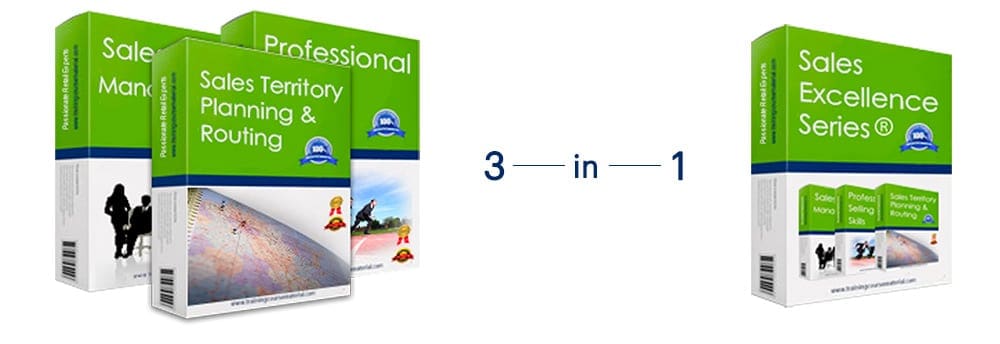
Sales excellence series®
3 Complete Courseware
Packages in 1
Sales Management
Professional Selling Skills
Sales Territory Planning & Routing
Price: $539.855 $349.95
Pay for 2 Get 1 Free
Read More
Call Center Excellence Series®
4 Complete Courseware
Packages in 1
Handling angry and difficult callers
Call control
Find a way to say YES!
Successful telephone debt collection
Price: $719.95 $449.95
Pay for 2 programs and Get 2 programs Free
Read More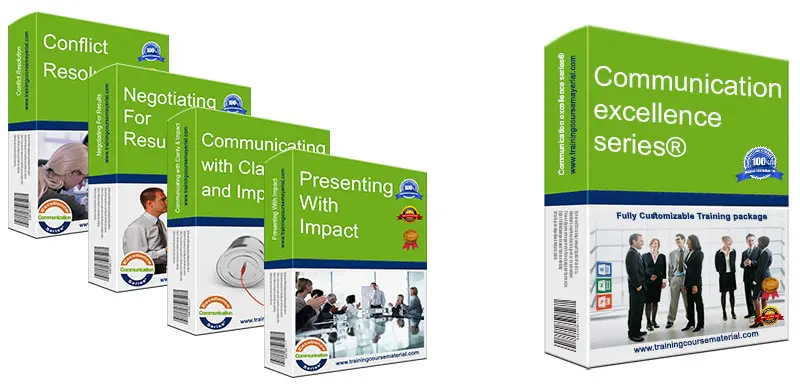
Communication Excellence Series®
4 Complete Courseware
Packages in 1
Communicating with clarity and impact
Negotiating for results
Conflict resolution
Presenting With Impact
Price: $719.95 $449.95
Pay for 2 programs and Get 2 programs Free
Read More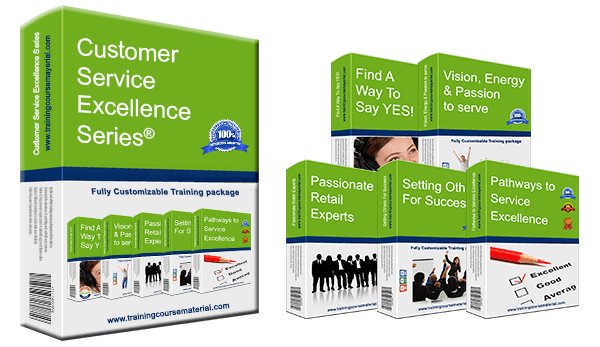
Customer Service Excellence Series®
5 Complete Courseware
Packages in 1
Vision, Energy & Passion To Serve
Pathways to service excellence
Find a way to say YES!
Passionate Retail Experts
Setting others up for success
Price: $899.75 $599.95
Pay for 3 Get 2 Free
Read More
Instant Download
Training packages
Price: $199.95 $179.95
No matter who you are, we all have 168 hours each week. Your ability to best utilize those 168 hours will ultimately determine your success. Using self-discovery, hands-on activities and innovative concepts, throughout this high energy training program, participants will learn how to get better control of their time and their life in general.
Price: $199.95 $179.95
A highly engaging one-day training program packed with a plethora of fun activities and games focusing on the key characteristics of high performing teams.
Price: $199.95 $179.95
All you need
to deliver a great training!
Our training material packages come with all you need to provide
a professional and accelerated learning solution with

High Impact
Power Point Slide Deck
To support immersive learning, a high impact professionally designed power point slide deck to engage trainees at all levels.

Student
Workbook
A comprehensive reference workbook you can give out to your class participants as a quick future reference.

Trainer
Guide
With step-by-step clear directions with tips and suggestions on what to say and how to present each slide.

Activity
/Exercise Sheets
Various training material and support documents to help you both explain and debrief the different exercises, activities and games Plus a fun final Jeopardy style review game as a fun ending for your training program.

Additional
Support Documents
To ensure you have all you need to deliver a complete and professional training program, additional supporting documents are included with each full course material package. From training evaluation forms to 5 different certificate templates that you can edit and hand out to your participants at the end of your training.

Job Aids
& Forms
Specific forms designed to extend and reinforce the training that participants can utilize back on the job to help them apply the new learned concepts (Select training material packages)





